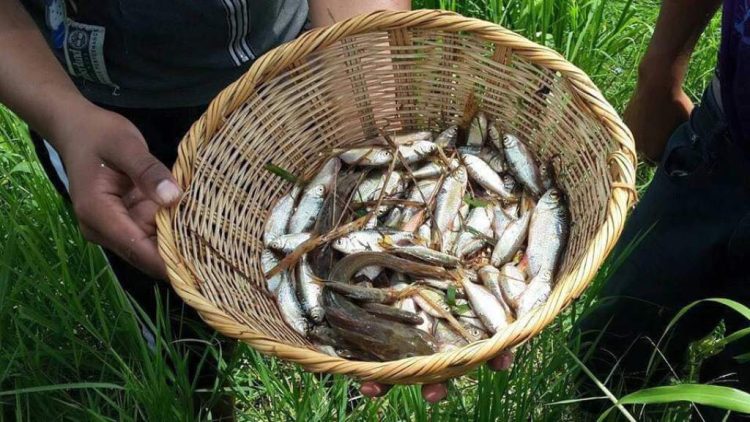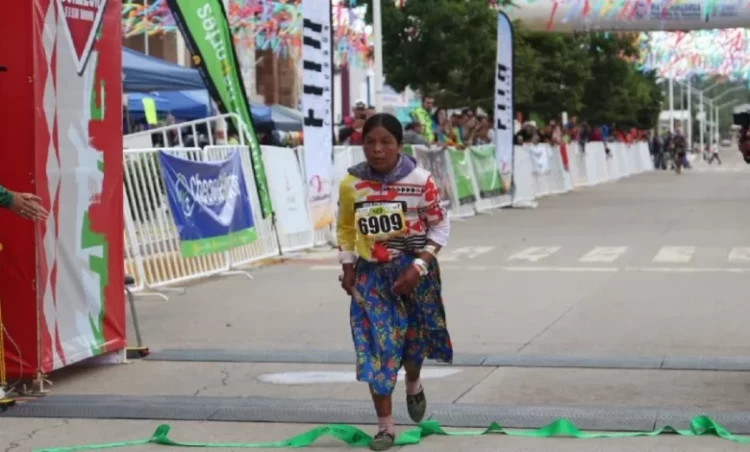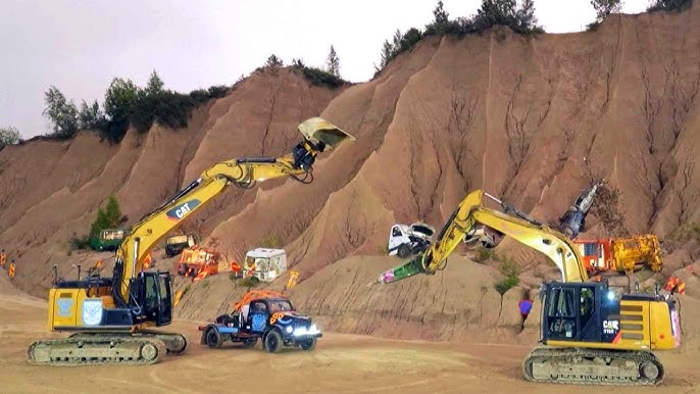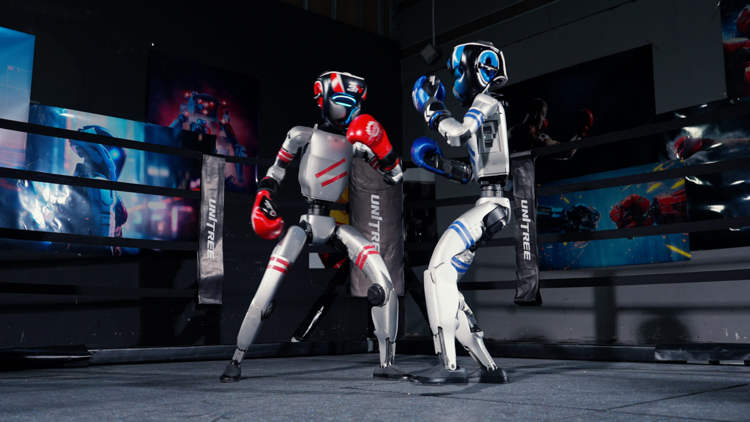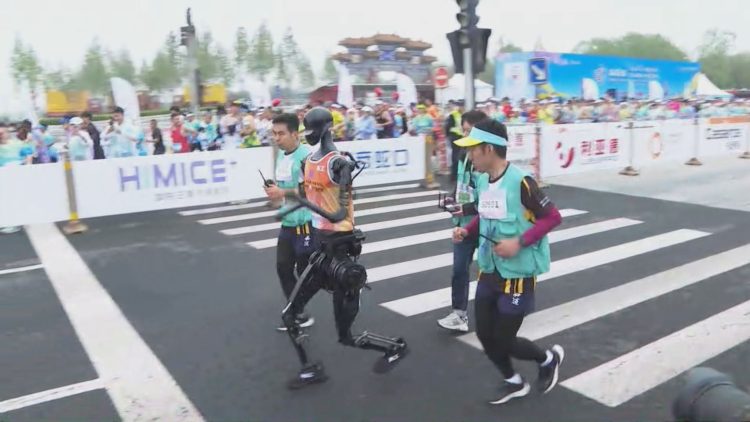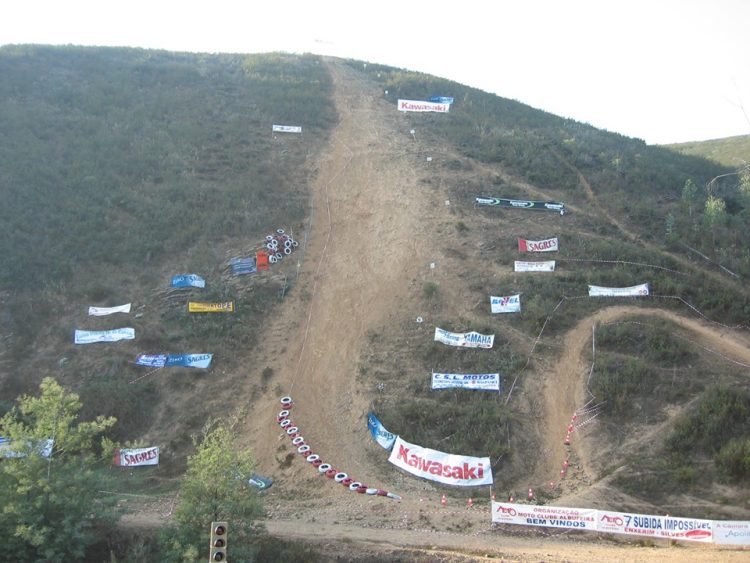Every year, Yoro, a small town in northern Honduras, allegedly experiences a mysterious phenomenon known as “Lluvia de Peces”, a literal rain of fish.
The rain of fish phenomenon has been reported in many places around the world, but Honduras’ Yoro department is the only place where the bizarre rain reportedly occurs every year, sometimes several times per year. The now-famous Lluvia de Peces takes place sometime between May and June, usually after a very powerful storm. The weirdest thing about this unusual occurrence is that, despite it being a yearly event, no one has ever actually seen the fish fall from the sky. There is however photographic and video evidence of hundreds of fish covering entire areas following powerful storms, so it definitely can’t be dismissed as just a simple legend, and scientists have actually investigated the phenomenon in order to provide a plausible explanation.
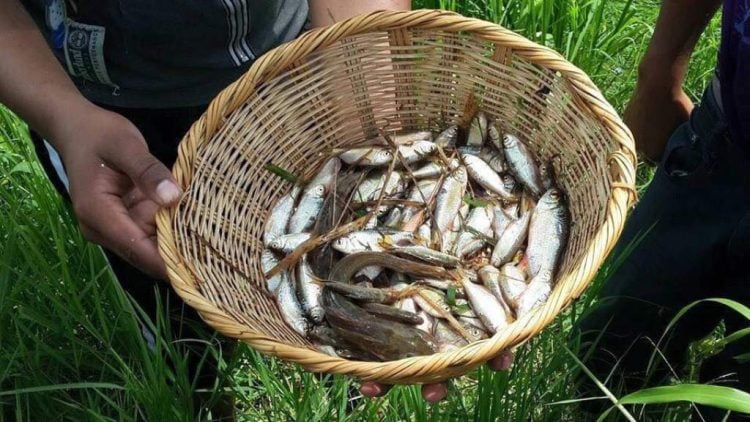
When speaking about Lluvia de Peces, most people of Yoro refer to the legend of Spanish missionary Father Jose Manuel Subirana, who visited the department sometime in the 1850s or 60s. After witnessing the poverty of the local people firsthand, he prayed for three days and three nights, asking God to provide food for them. One day, the sky turned dark and fish started raining from the sky, in what is known as the first-ever Lluvia de Peces. The miracle has reportedly occurred every year since.
“It’s a miracle, we see it as a blessing from God,” one local told The New York Times.
“It is a secret that only our Lord knows. It’s a great blessing because it comes from our skies,” an Evengelical Pastor in the Honduran department said.
So what actually happens during Lluvia de Peces? Well, no one seems to know for sure. Although some of the locals actually believe that fish falls from the sky, as a miracle that has been occurring for over a century and a half, no one has actually seen the rain firsthand.
The most common explanation offered by the locals is that no one can bear to be outside during the powerful storm that precedes Lluvia de Peces, but that the aftermath is always there for everyone to see. You can see why some people need more evidence to believe that this is more than just a legend, right?
In 1970, a team of scientists happened to be in Yoro when that year’s Lluvia de Peces occurred, and while they didn’t see the fish rain itself, they did confirm that the ground was covered with fish. However, one interesting thing they noticed was that the fish were all blind and weren’t of the species usually found in the area’s waterways. These discoveries led them to the hypothesis that the fish must live in underground rivers or caverns where the lack of light causes them to go blind. The flooding that occurs during the heavy storm must force the subterranean fish above ground. This is the most widely excepted theory, although it has yet to be confirmed.
The waterspout theory, in which funnel-like clouds form over bodies of water, sucking out both water and fish and transporting them inland, has also been thrown around, but it is unlikely, considering that Yoro lies about 72 km from the Atlantic Ocean. Waterspouts can transport fish to land, just not over such long distances.
Despite the theories thrown around by scientists, for the time being, Lluvia de Peces remains an unsolved mystery, and the people of Yoro prefer it that way. They get to keep their miracle, and the mystery attracts more tourists from all over the world every year. It’s a win-win.

